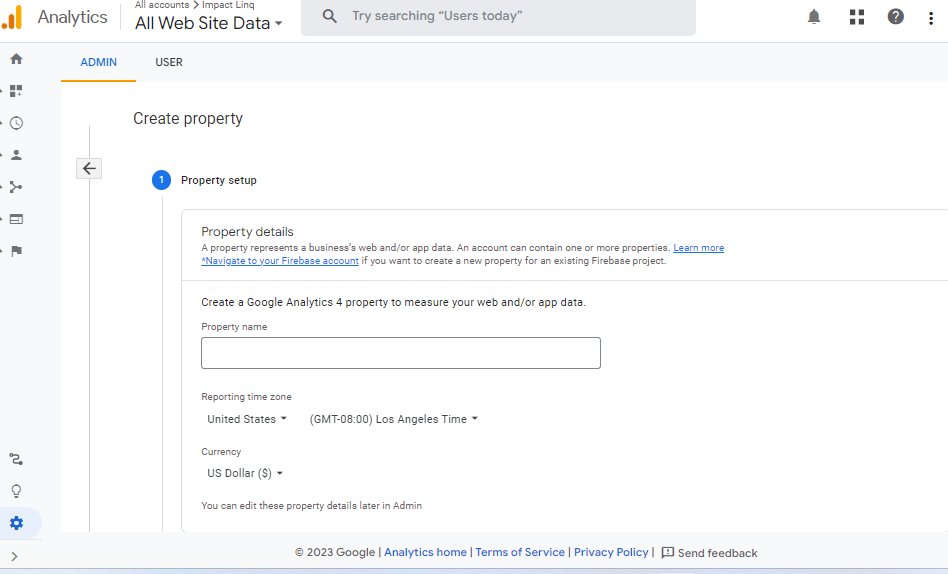Cloud computing has become increasingly popular over the years due to its numerous benefits. With cloud computing, businesses can store and manage their data on remote servers, which are accessed over the internet. Google Cloud Platform enables businesses to reduce their IT infrastructure costs, scale up or down as needed, and increase their overall efficiency.
Migrating to the cloud can be a complex process, but with the right tools and strategies, businesses can optimize the process and reap the benefits of cloud computing. In this article, we’ll explore how businesses can optimize their cloud migration process using the Google Cloud Platform.
Google Cloud Platform (GCP) is a suite of cloud computing services that offers a wide range of tools and features for businesses of all sizes. GCP offers a range of benefits including cost savings, flexibility, scalability, and high performance. When it comes to cloud migration, GCP offers several tools and services that can help businesses optimize the process and ensure a successful migration.
Plan Your Migration Strategy – Google Cloud Platform
Before you start your cloud migration process, you need to have a solid plan in place. This plan should include an assessment of your current infrastructure, applications, and data, as well as a timeline for the migration process. It’s also important to identify any potential challenges or roadblocks that could arise during the migration process.
To help you plan your migration strategy, GCP offers several tools and services. The first tool is the Google Cloud Adoption Framework, which provides a step-by-step guide to help businesses plan their migration to GCP. The framework covers everything from assessing your current infrastructure to selecting the right migration tools and services.
Another tool that can help you plan your migration strategy is the GCP Migration Assessment Tool. This tool provides an assessment of your current infrastructure and applications, as well as recommendations for how to optimize your migration to GCP.
Select the Right Migration Tools and Services
Once you have a plan in place, it’s time to select the right migration tools and services. GCP offers a range of tools and services that can help businesses migrate their data and applications to the cloud.
The first tool to consider is the GCP Migrate for Compute Engine. This tool enables businesses to migrate their virtual machines (VMs) to GCP with minimal downtime. Migrate for Compute Engine offers several features that make it easier to migrate VMs, including automated VM discovery, VM cloning, and network configuration.
Another tool to consider is the GCP Transfer Service. This tool enables businesses to transfer their data from on-premises storage to GCP storage. Transfer Service supports a range of transfer protocols, including HTTP/HTTPS, FTP, and SFTP, and offers several features to ensure a secure and reliable transfer.
Optimize Your Cloud Environment
Once you’ve migrated your data and applications to the cloud, it’s important to optimize your cloud environment to ensure high performance and efficiency. GCP offers several tools and services that can help businesses optimize their cloud environment.
The first tool to consider is the GCP Cloud Monitoring. This tool provides real-time monitoring and alerts for your cloud infrastructure, enabling you to identify and resolve issues quickly. Cloud Monitoring supports a range of monitoring metrics, including CPU usage, memory usage, and disk I/O, and offers several features to help you optimize your cloud environment.
Another tool to consider is the GCP Cloud Logging. This tool enables businesses to log and analyze their cloud infrastructure data, providing valuable insights into how their cloud environment is performing. Cloud Logging supports a range of log types, including application logs, system logs, and custom logs, and offers several features to help you analyze your data.
Secure Your Cloud Environment
Finally, it’s important to secure your cloud environment to protect your data and applications from potential threats. GCP offers several tools and services that can help businesses secure their cloud environment.
The first tool to consider when securing your cloud environment is the GCP Identity and Access Management (IAM). This tool enables businesses to control access to their resources in GCP, ensuring that only authorized users have access to sensitive data and applications.
IAM allows businesses to set fine-grained permissions for individual users and groups, making it easy to control access to specific resources. IAM also integrates with other GCP security tools, such as Cloud Audit Logs and Cloud Security Command Center, to provide a comprehensive security solution for your cloud environment.
Another tool to consider is the GCP Security Key Enforcement. This tool enables businesses to enforce the use of security keys for accessing sensitive data and applications in GCP. Security keys provide an additional layer of security beyond traditional passwords, making it more difficult for unauthorized users to access sensitive data.
Security Key Enforcement integrates with IAM to ensure that only authorized users with security keys can access sensitive data and applications. This tool also supports multi-factor authentication, further enhancing the security of your cloud environment.
Conclusion
Migrating to the cloud can be a complex process, but with the right tools and strategies, businesses can optimize the process and reap the benefits of cloud computing. Google Cloud Platform offers a range of tools and services to help businesses plan their migration, select the right migration tools, optimize their cloud environment, and secure their data and applications.
By using GCP tools such as the Google Cloud Adoption Framework, GCP Migrate for Compute Engine, GCP Cloud Monitoring, and GCP Identity and Access Management, businesses can ensure a successful cloud migration and a secure cloud environment. By taking advantage of these tools, businesses can reduce their IT infrastructure costs, increase efficiency, and improve their overall performance.




